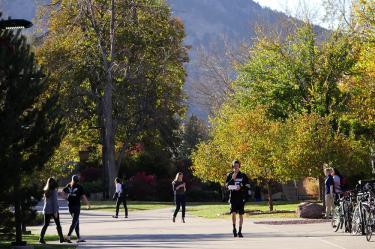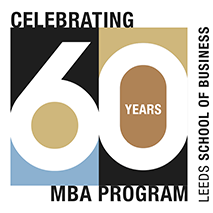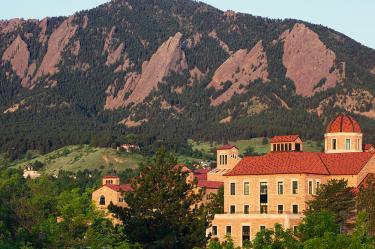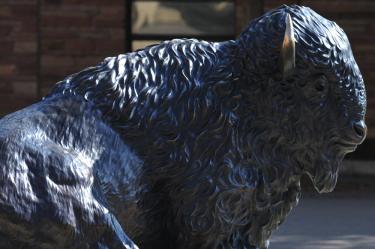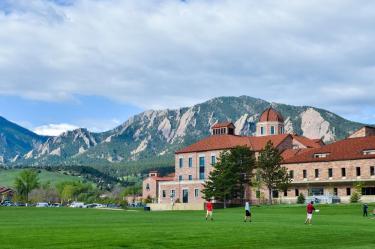CESR Project Inspires Student’s Career in Urban Farming
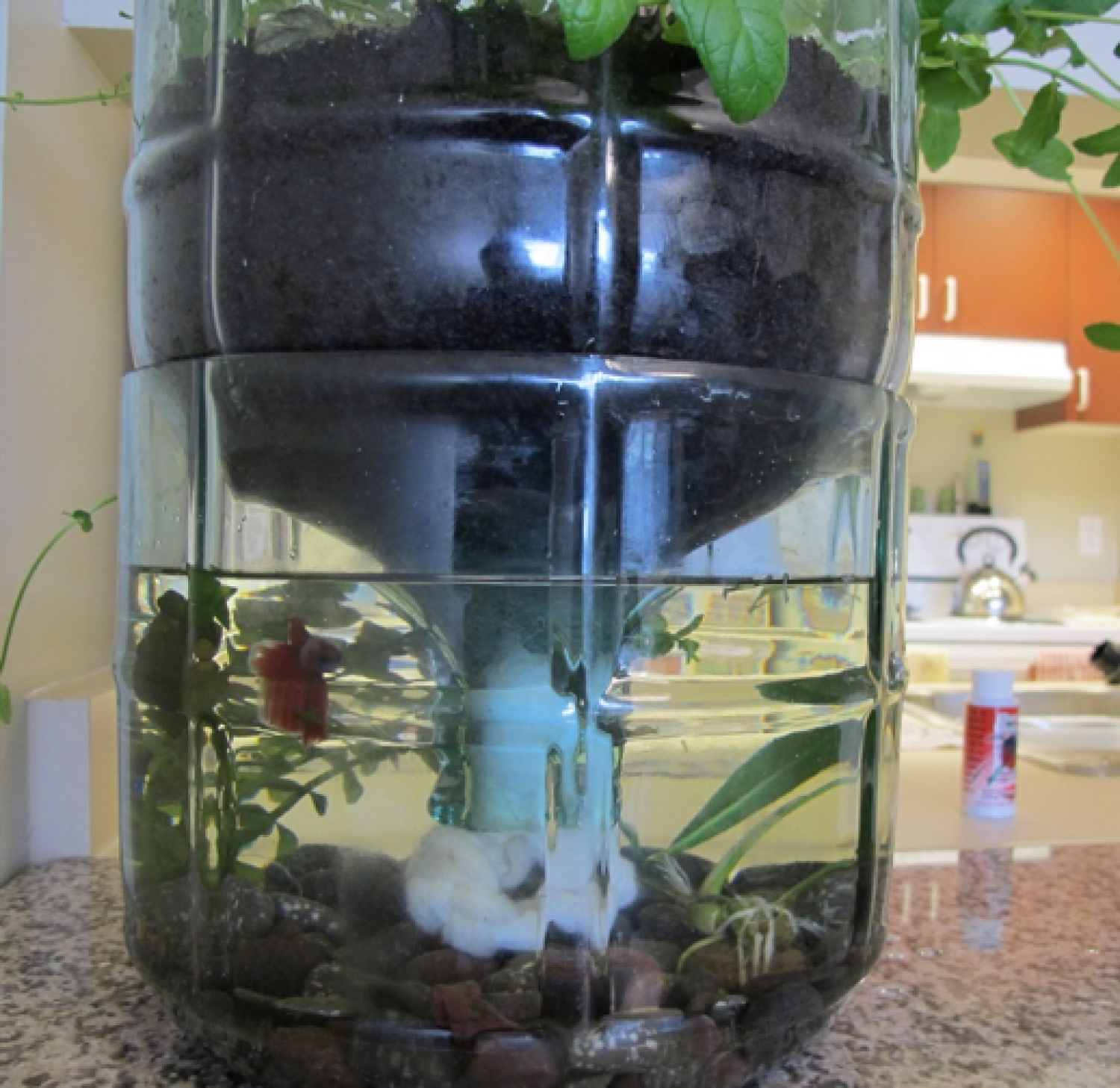
Last fall, Graham Hankin explored aquaponics for a sustainability paper in his Business Applications of Social Responsibility course, offered by the Center for Education for Social Responsibility (CESR) at the Leeds School of Business. With that, his interest was sparked and since then the junior Leeds student has embarked on a career in aquaponics.
What is aquaponics?
Aquaponics is the marriage of aquaculture (raising fish) and hydroponics (the soil-less growing of plants) that grows fish and plants together in one integrated system. The fish waste provides an organic food source for the growing plants and the plants provide a natural filter for the water the fish live in.
“That’s the cool thing about urban farming – any indoor space or abandoned warehouse can become an urban farm. You can grow a lot faster, more dense and produce a higher yield."
Graham Hankin, Leeds ’18, Multimedia Specialist at The Aquaponic Source
Since aquaponics is a method that requires no soil, it is particularly suited for urban environments. Large amounts of fresh and healthy food (including fish) can now be grown sustainably on urban rooftops, parking lots or any vacant plot in the city. This form of farming allows city communities to have access to the freshest food, without having to trek miles and miles for it.
Graham Hankin
We asked Graham about his leap into a career most people have never heard of.
How did you get into aquaponics?
I’m a marketing major and I have no sustainability or agriculture background, besides the fact that I am very interested in it. I got into aquaponics a year ago, during a product strategy class and I launched a restaurant idea for aquaponics. That idea was creating this aquaponics restaurant where this farm would be on the roof of the restaurant and you would be able to see the fish in the center of the restaurant. It would be like farm-to-table, but there’s no distance between the farm and the restaurant.
What was your paper for Business Applications of Social Responsibility?
It was a sustainability model paper, where it shows how a company can make something and use a ridiculous amount of waste, even though they don’t have to. That’s what our farming culture and agriculture businesses are at right now. They’re creating these massive farms and not worrying about the repercussions of them because they’re growing using pesticides and stuff that ruins soil, ruins water quality in the area and it doesn’t need to be that way. They are just working on the cheapest method possible to make the product. They should be worried about the longstanding impact they’re having on the world. I explained aquaponics and how it can be the future of our farming. Not only is there no waste, but it’s an ecosystem.
Tell us about your current internship with The Aquaponic Source
I’m the marketing/multi media specialist at The Aquaponic Source. They make educational courses, build custom systems and run commercial farms. Right now, I’m working on spreading as much information about the company as I can…because, I would say, about 90% of people out there don’t know what aquaponics is.
What advice do you have for your peers looking to get into aquaponics?
We have a lot of farming courses anyone can take, from elementary and middle school to commercial scale farming. If a student wants to get involved in this, they can go to The Aquaponics Source, where there are online courses, free information or they can ‘like’ us on Facebook.
Check out CESR courses inspiring future leaders in sustainability

